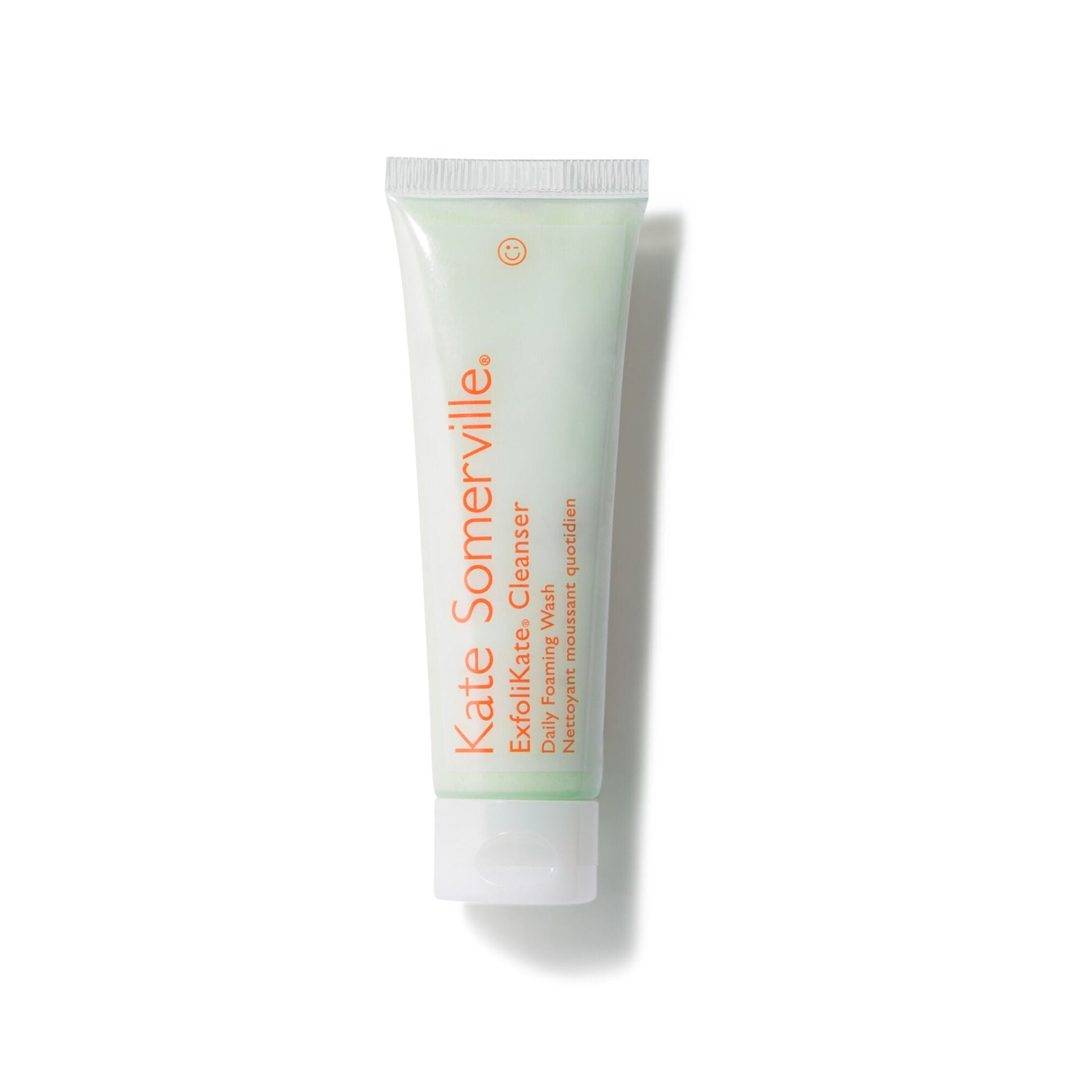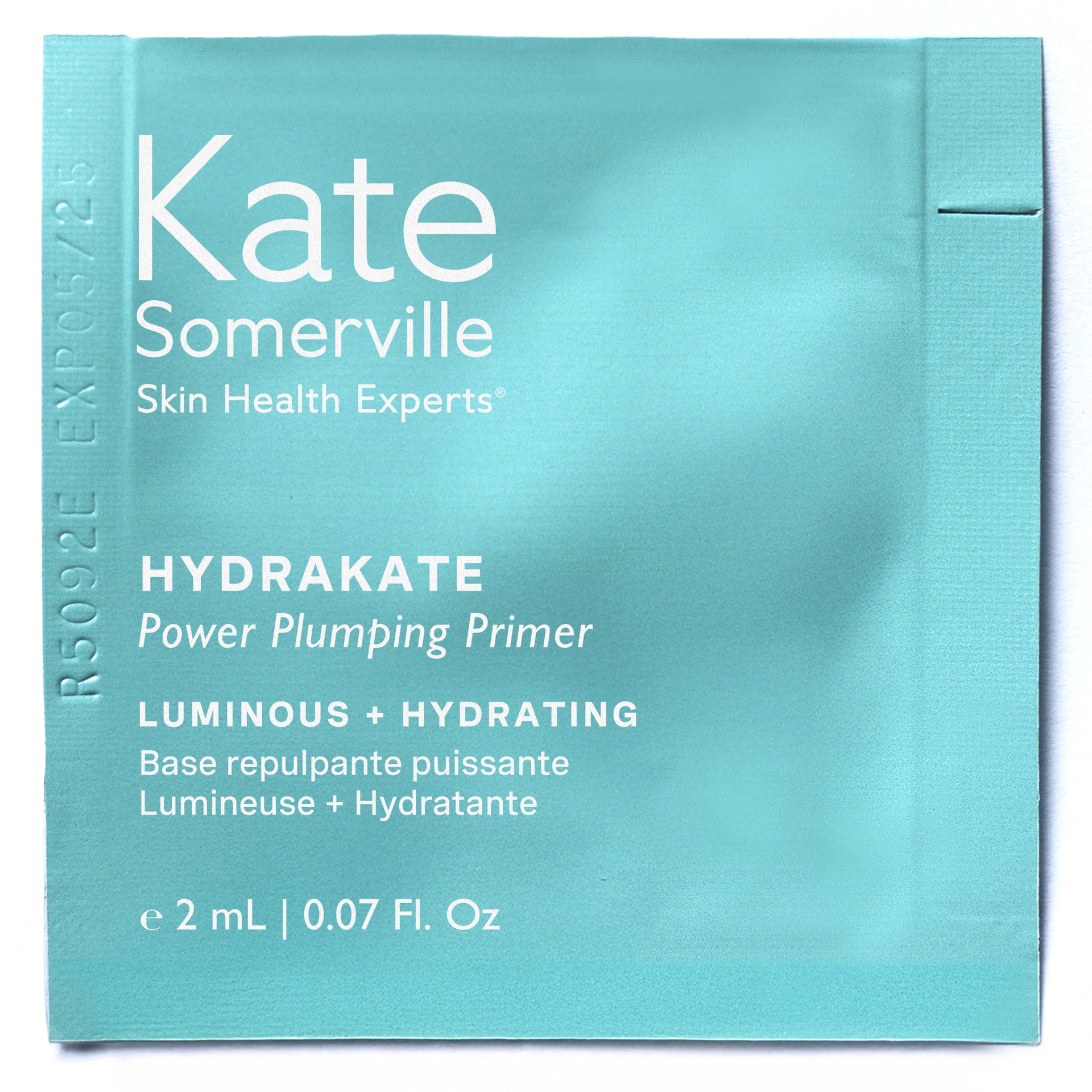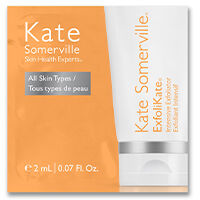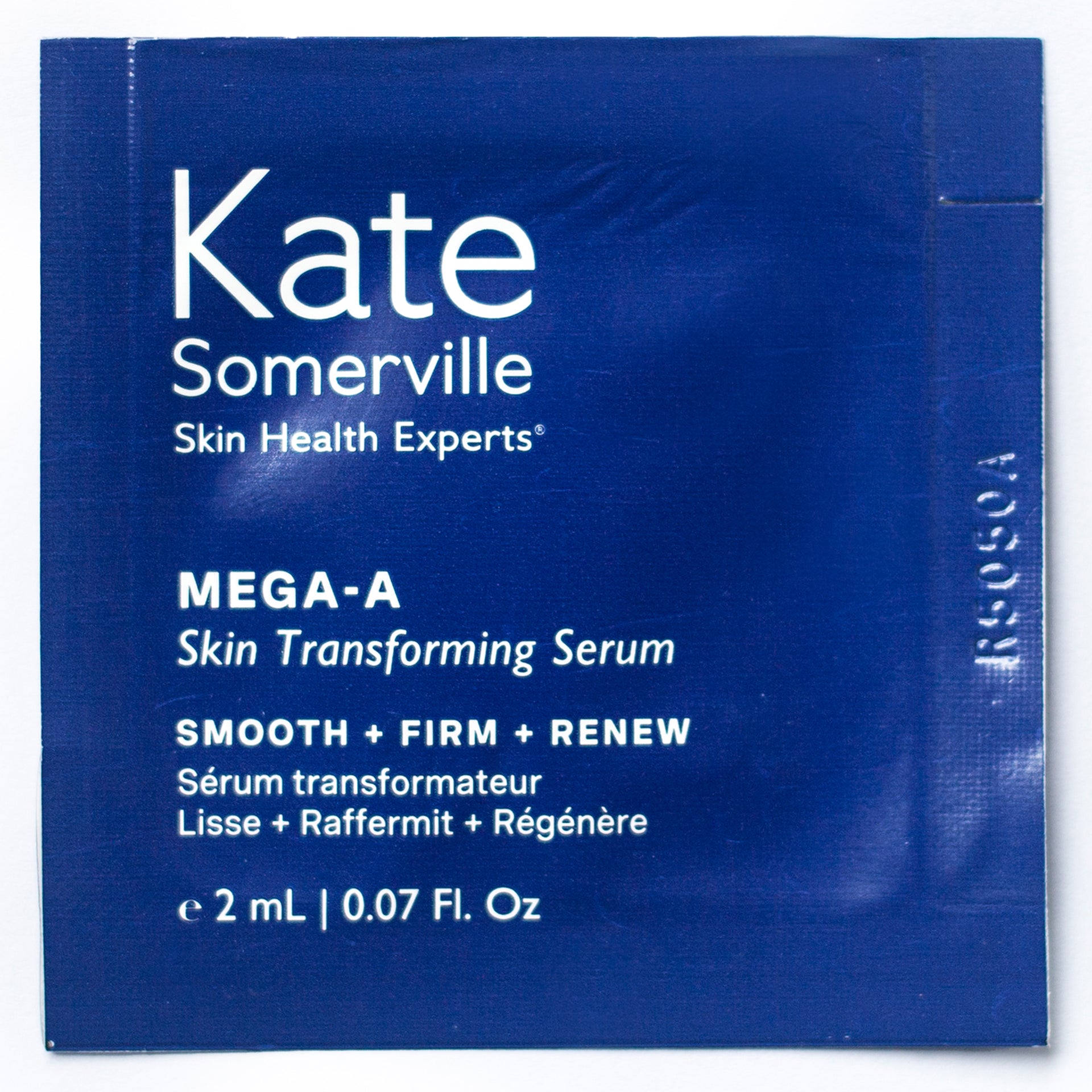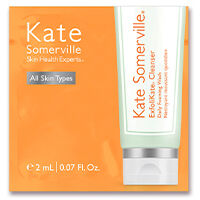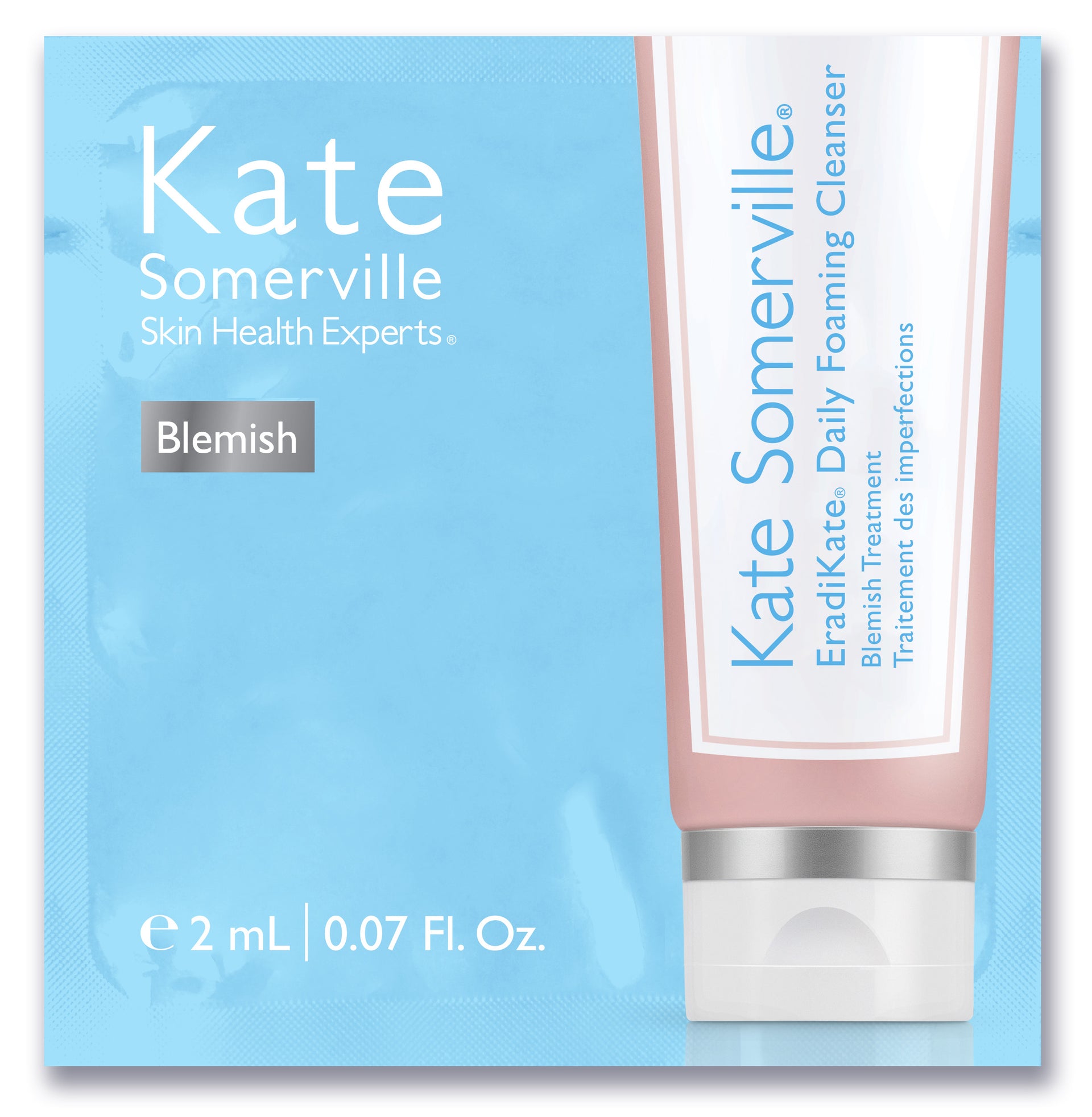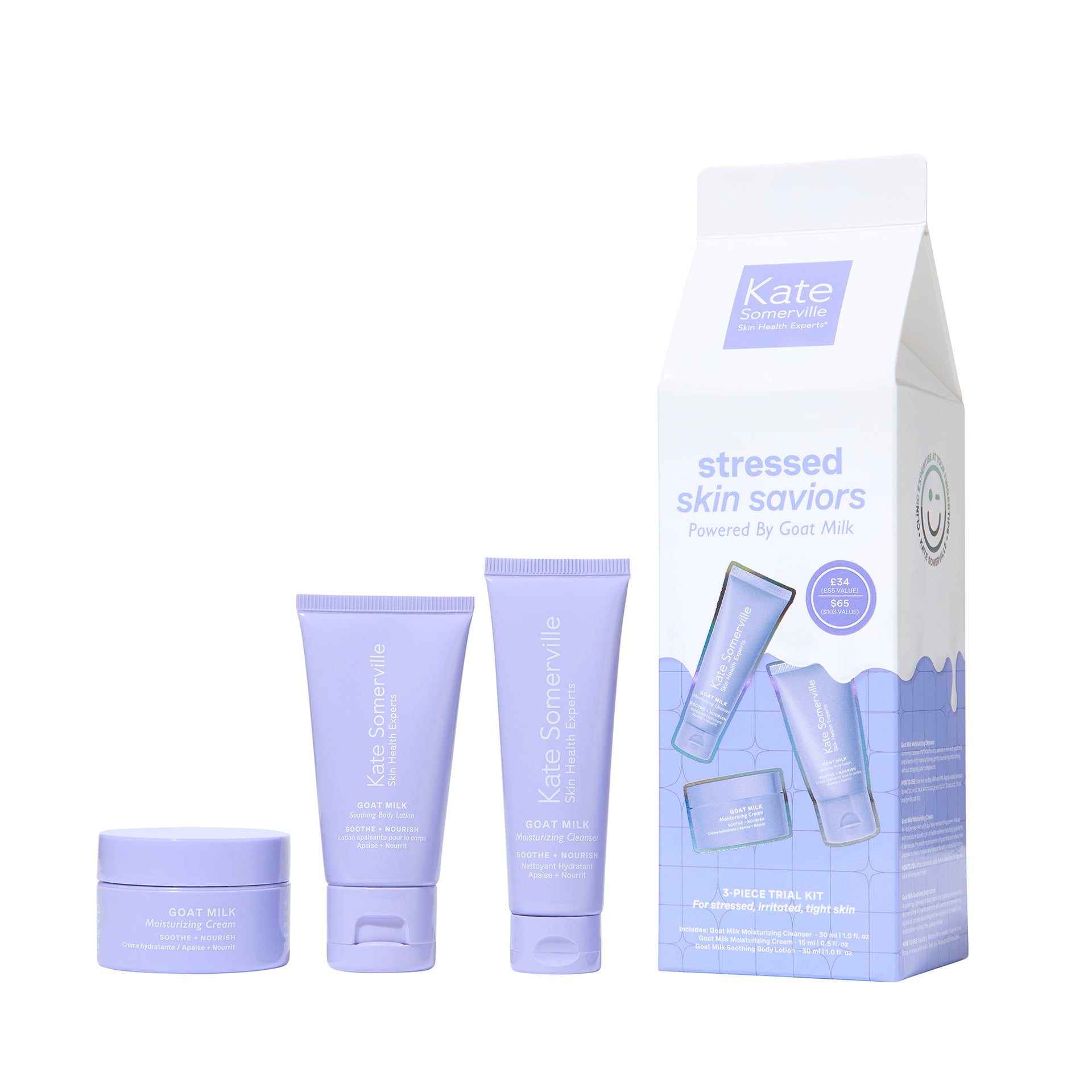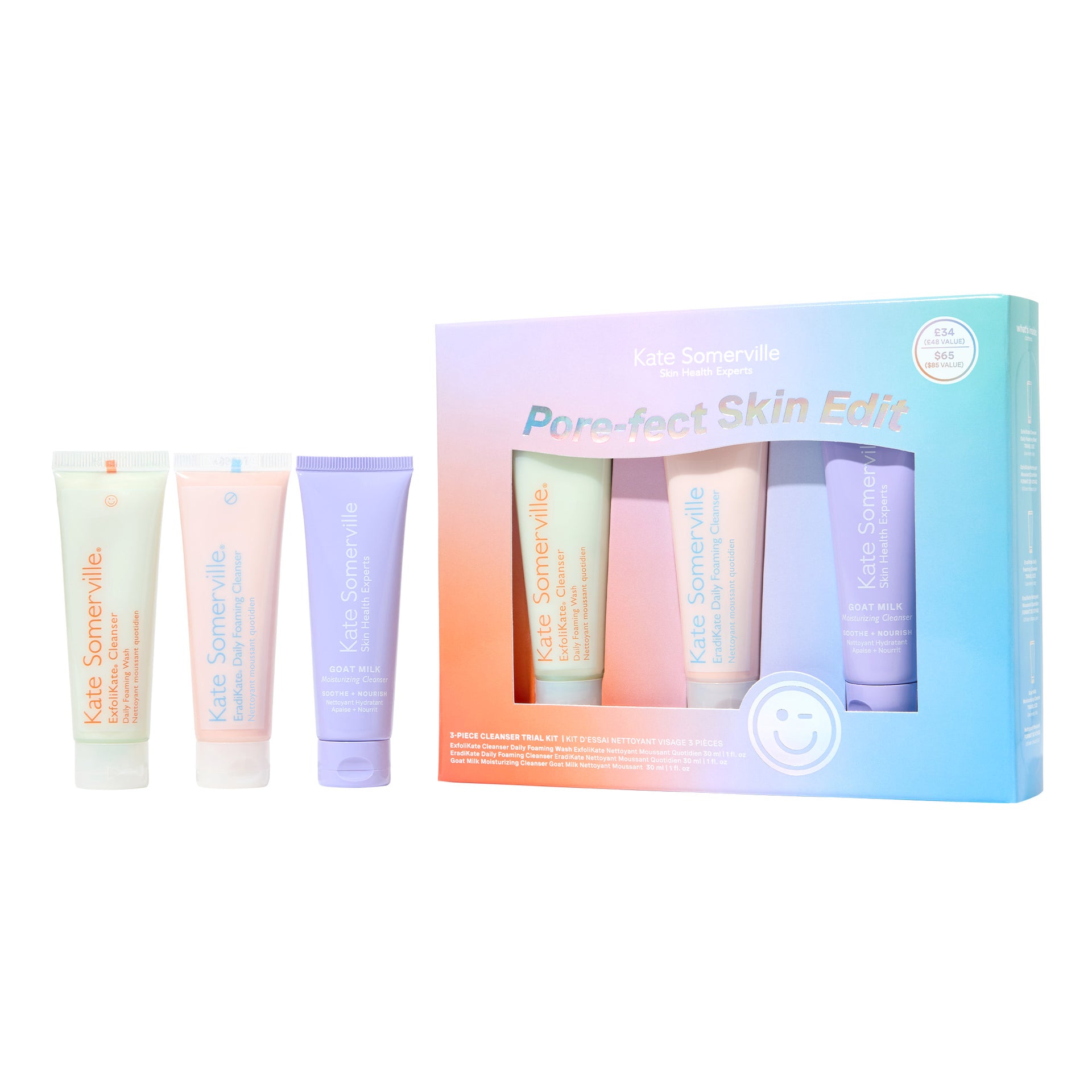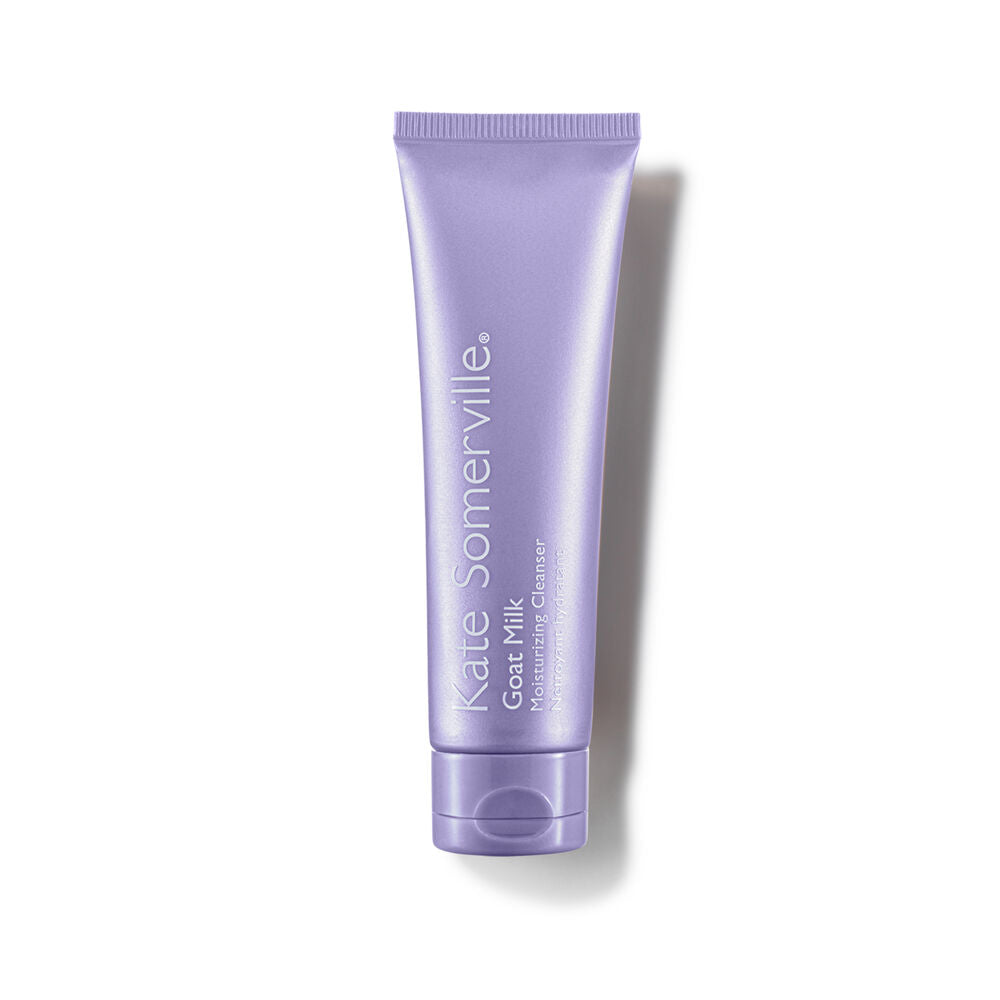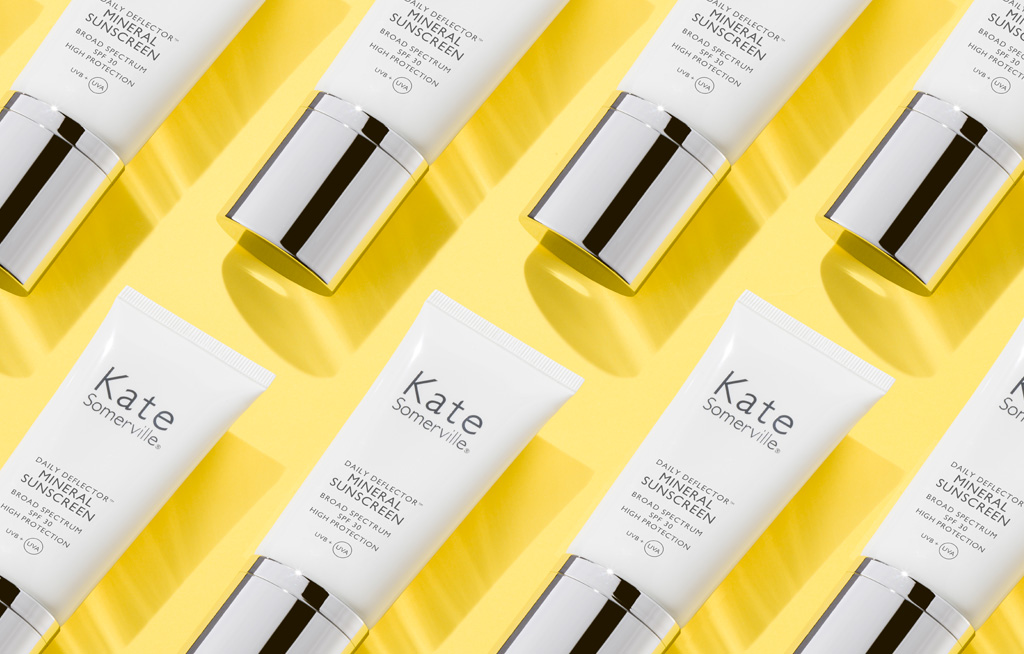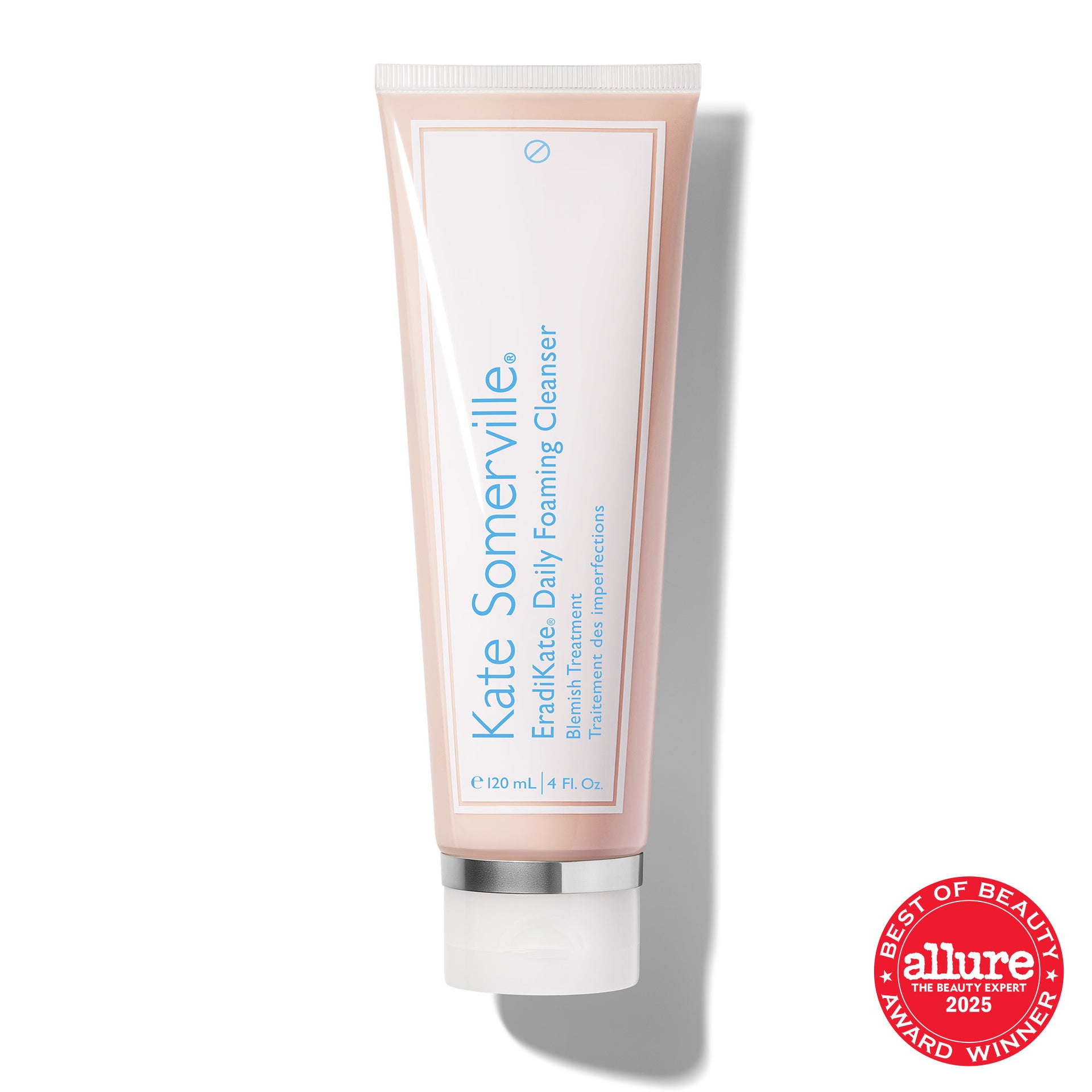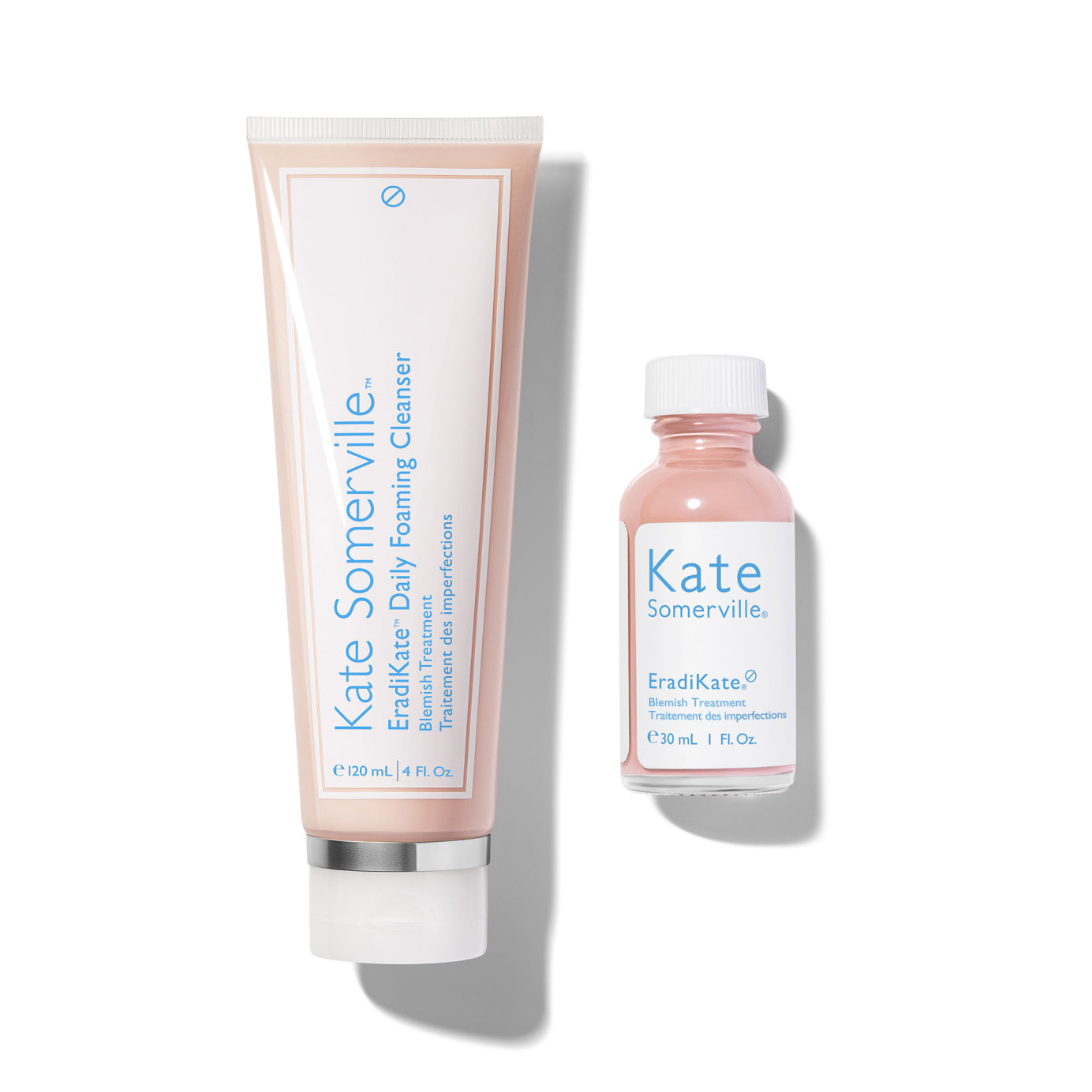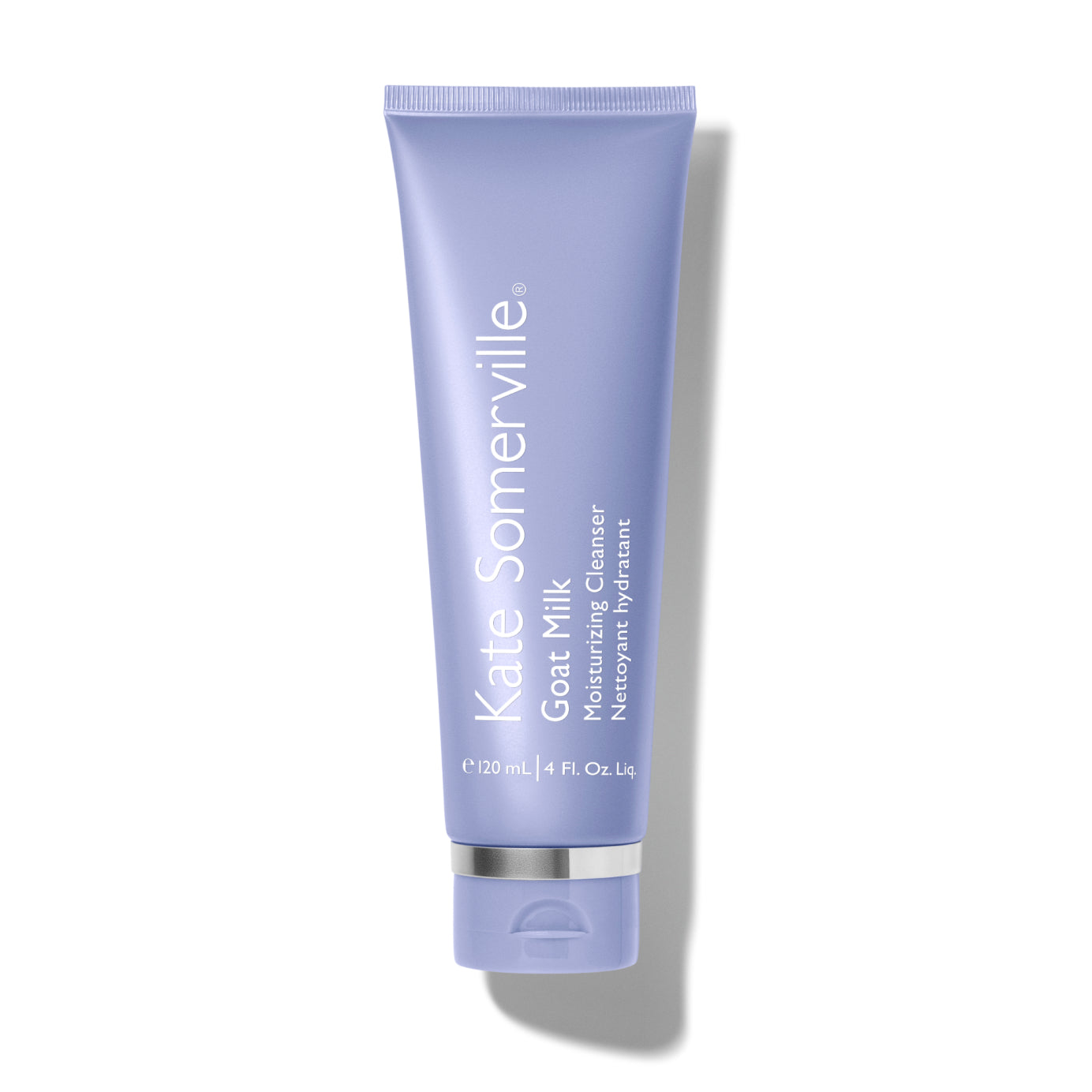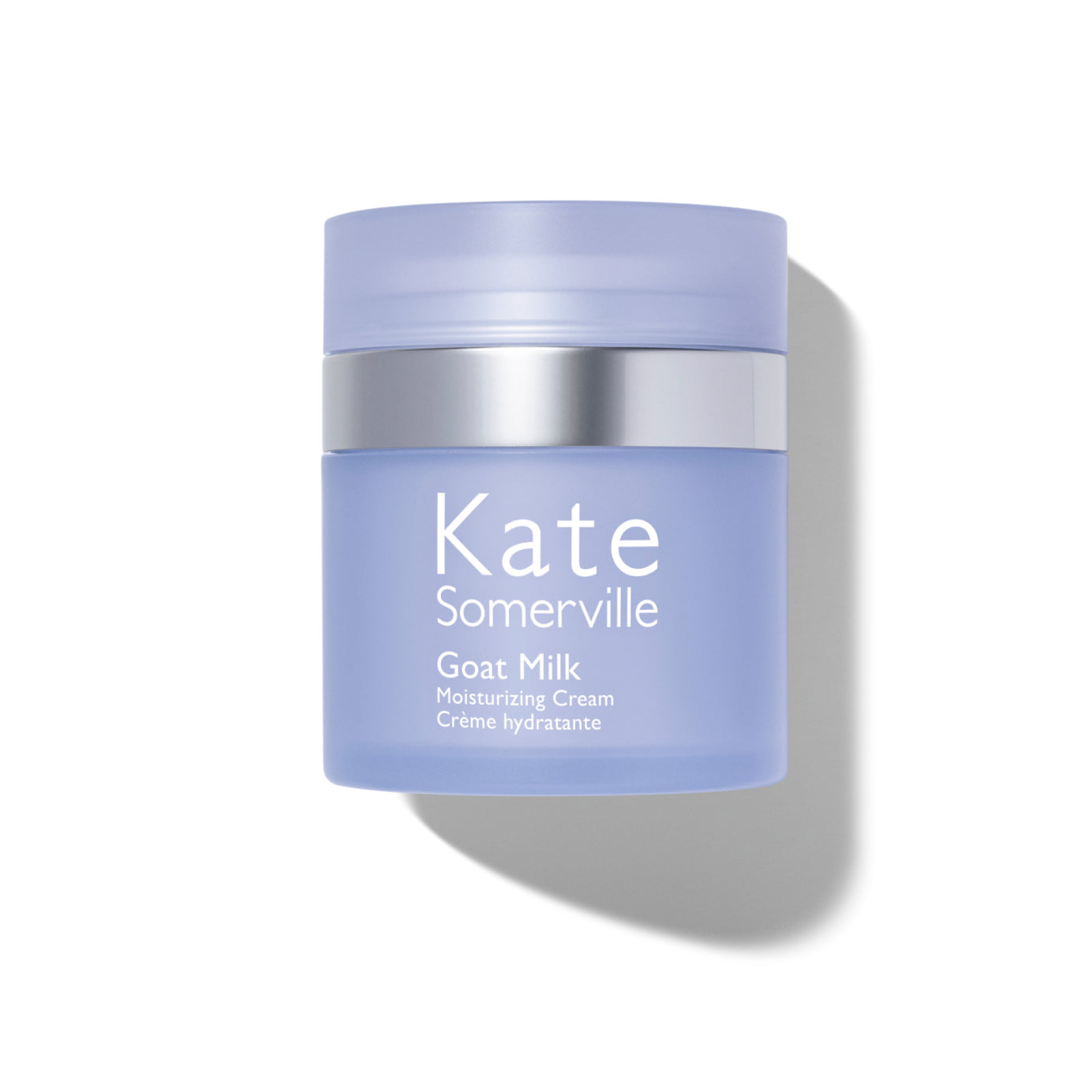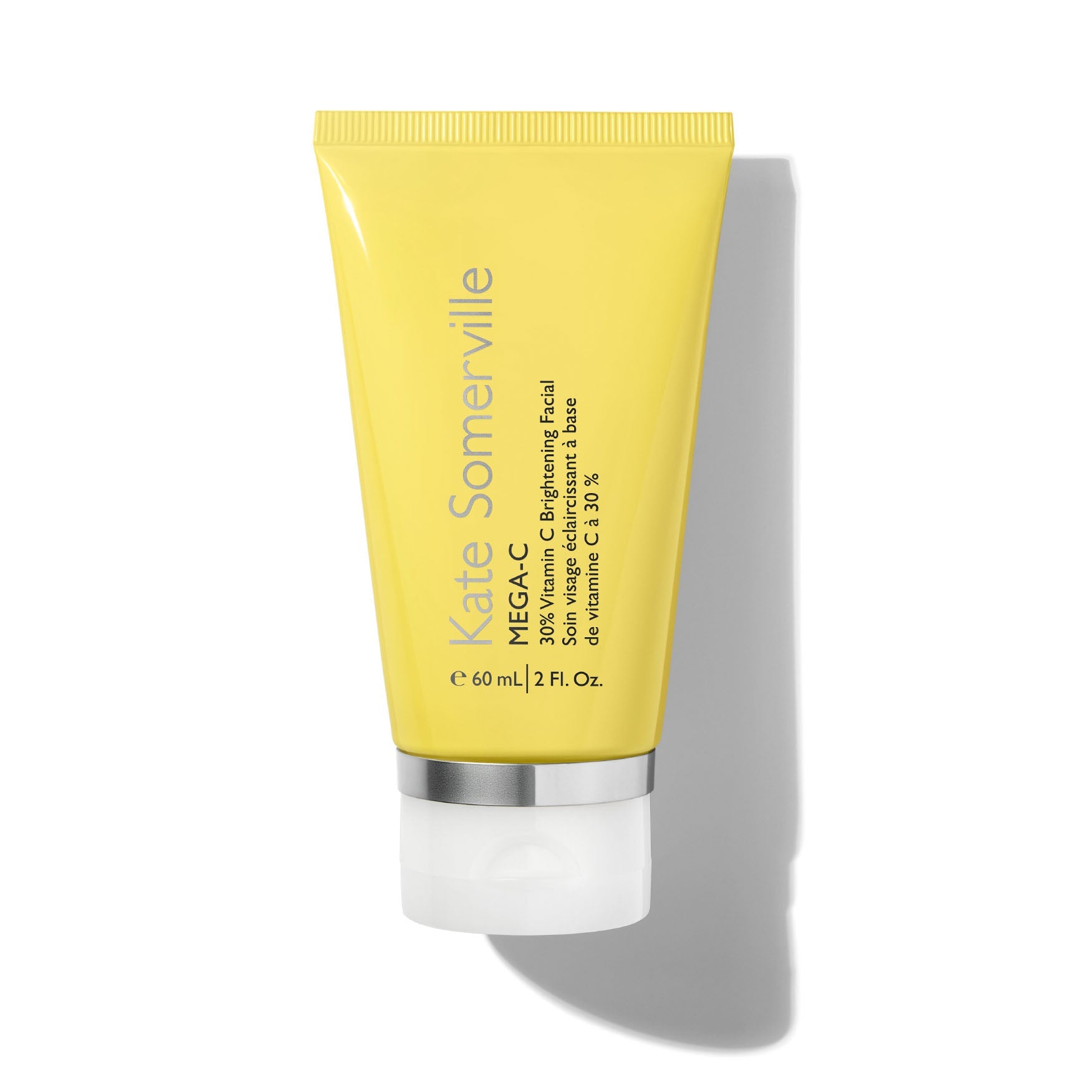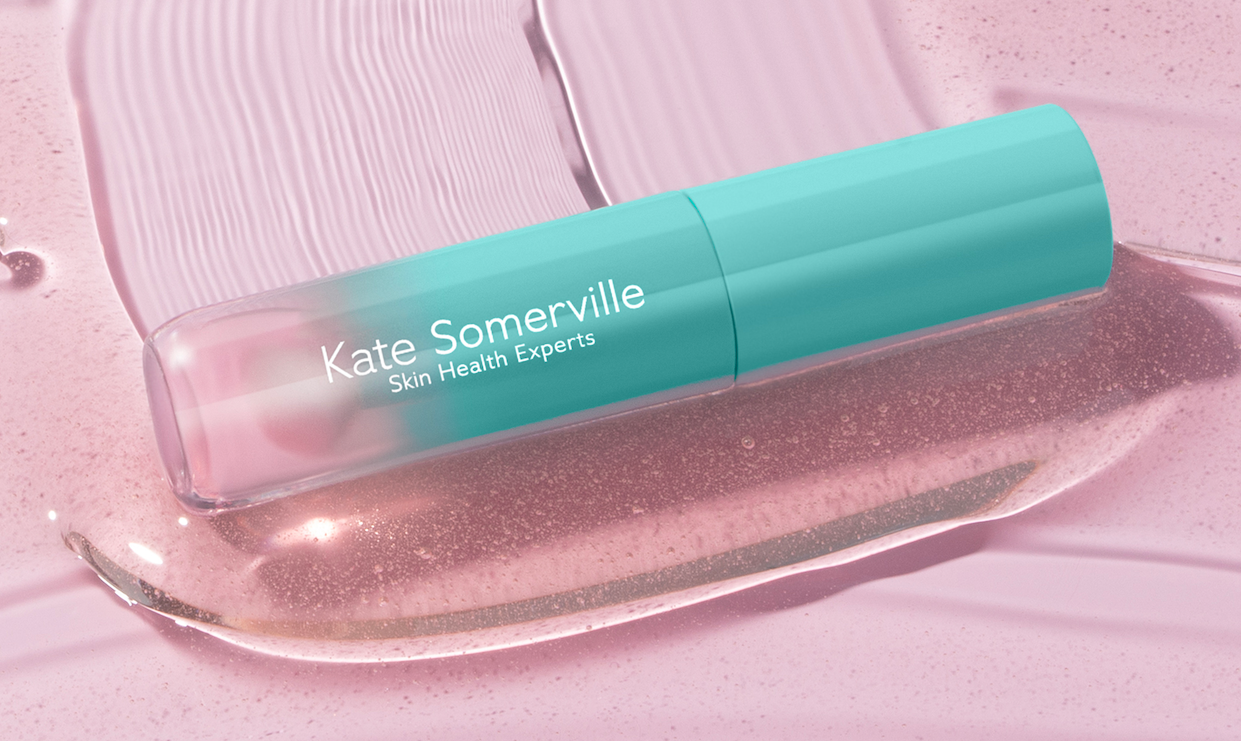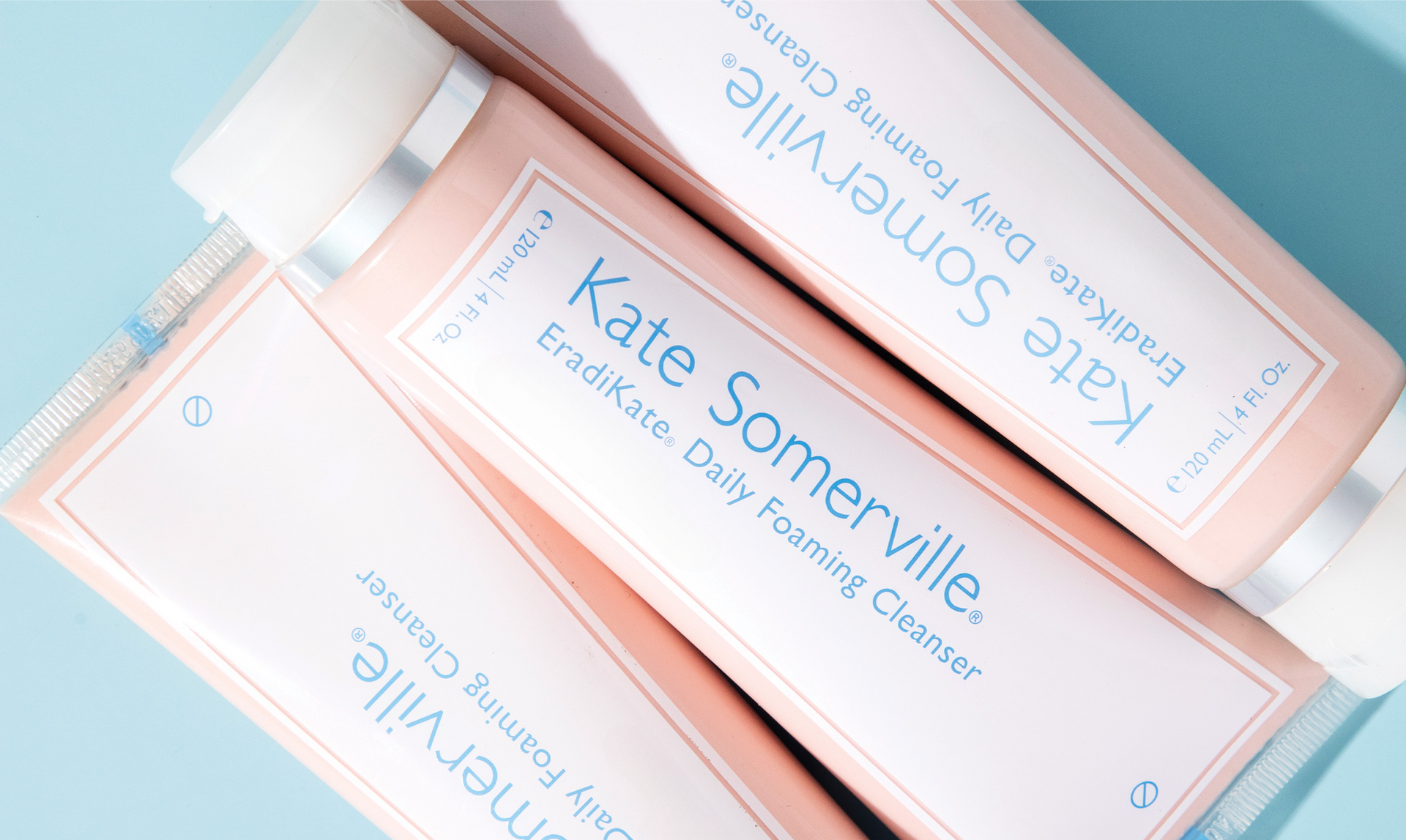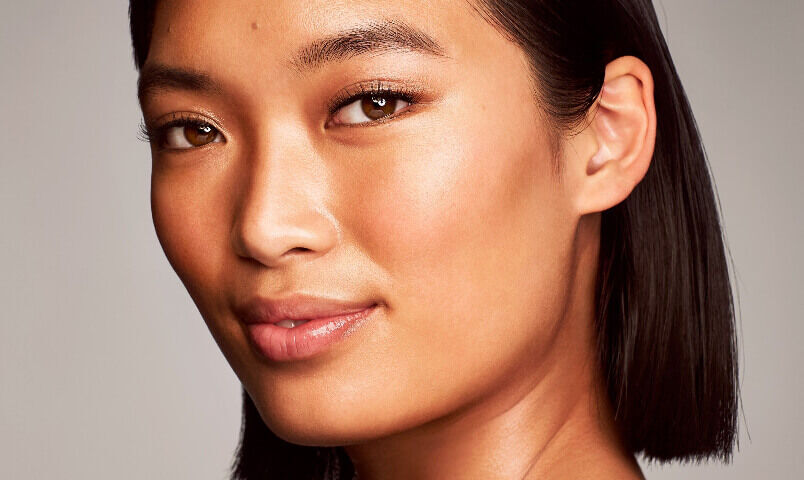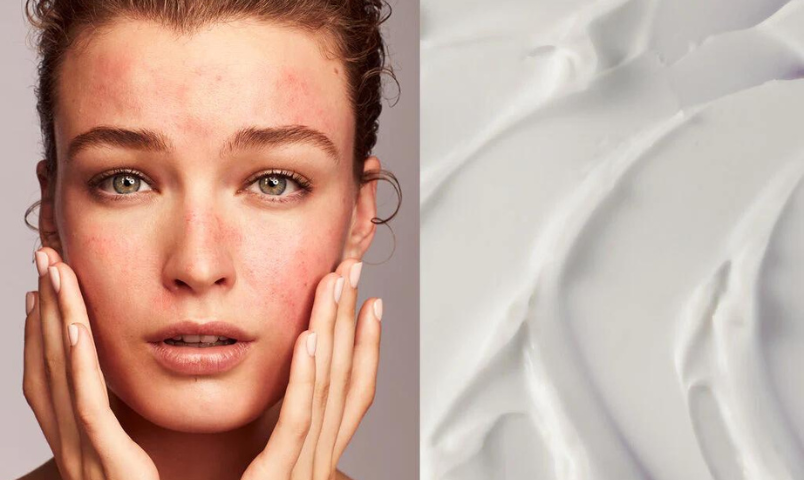What is the difference between Chemical & Mineral Filters?
Mineral sunscreens are also known as physical sunscreens. The reason is because mineral sunblock acts as a physical barrier to UV rays. Mineral sunscreens sit on top of the skin and reflect the majority of UV rays away from the skin. Imagine them like lots of tiny mirrors on the surface of the skin reflecting that UV away, which is why commonly they can have a slight white cast as they are providing that total sunblock for the skin!
Chemical sunscreens work slightly differently. The chemical UV filters actually absorb into the skin. Once absorbed, when UV rays hit - the chemical sunscreens release the UV ray energy as heat.
What are the difference between sun filters?
UVA rays penetrate our skin down to the dermal layer causing damage to important proteins like collagen and elastin which leads to signs of ageing, such as lines and wrinkles and causes long-term damage to the skin. UVB rays however can vary on intensity depending on season or location. These rays damage the top layers of our skin resulting in burning.
A good way to differentiate the two is to think of UVA rays as ageing the skin and UVB rays as burning the skin.
How much SPF should you apply and how often should you re-apply?
We all need to be using Broad Spectrum SPF 365 days a year in our daily skincare routine, not just on our summer holidays.
The amount you should be using is ½ teaspoon, or two finger lengths worth for face, neck - and don’t forget your ears! If you are directly exposing your skin to UV rays and spending a lot of time outside, you should be reapplying every two hours. However, if you are working inside and not directly exposing the skin to UVA and UVB then you could reapply maybe just once or twice a day.
Don’t forget - UVA can penetrate through windows, so better to be safe and keep that sun protection topped up!


